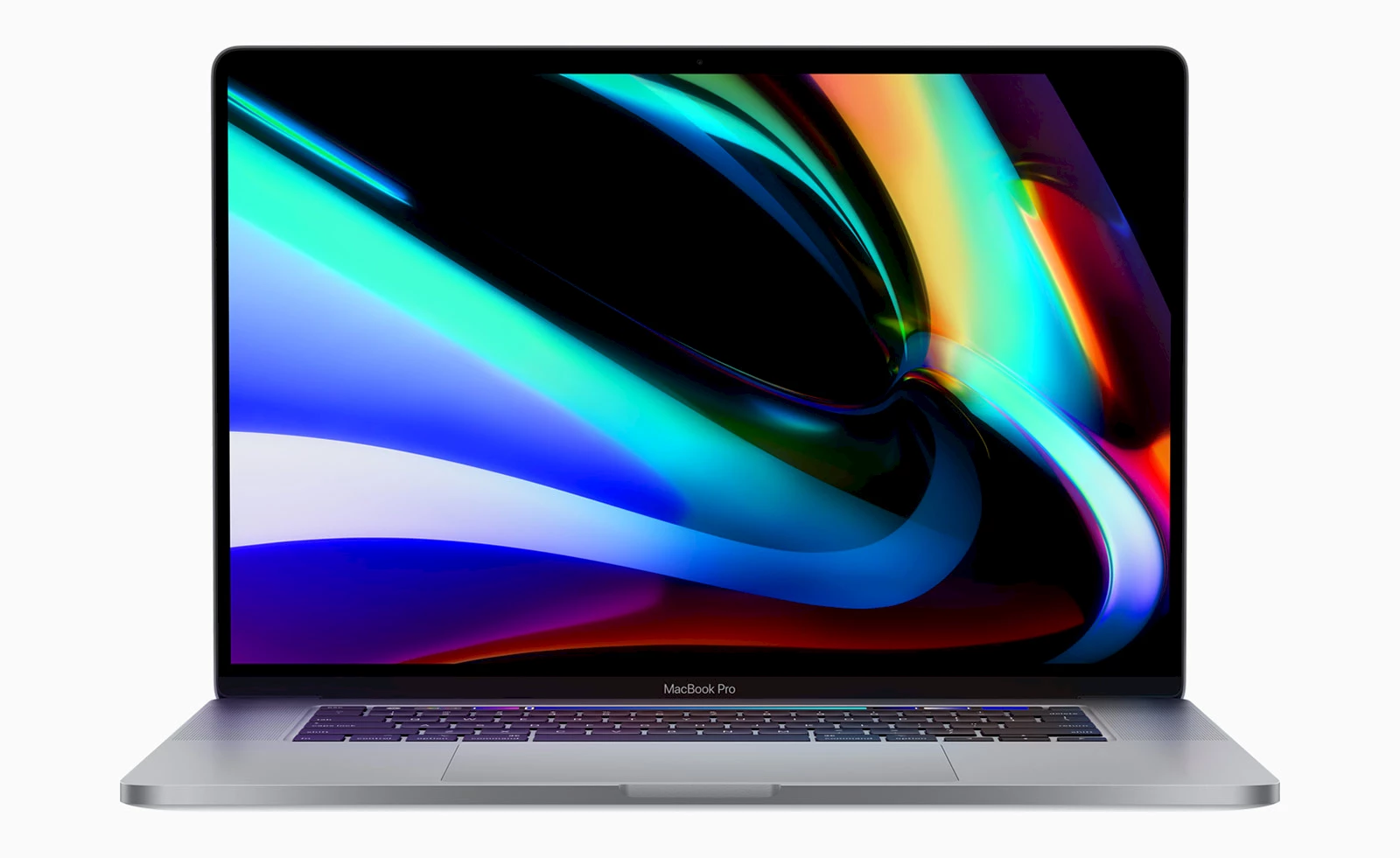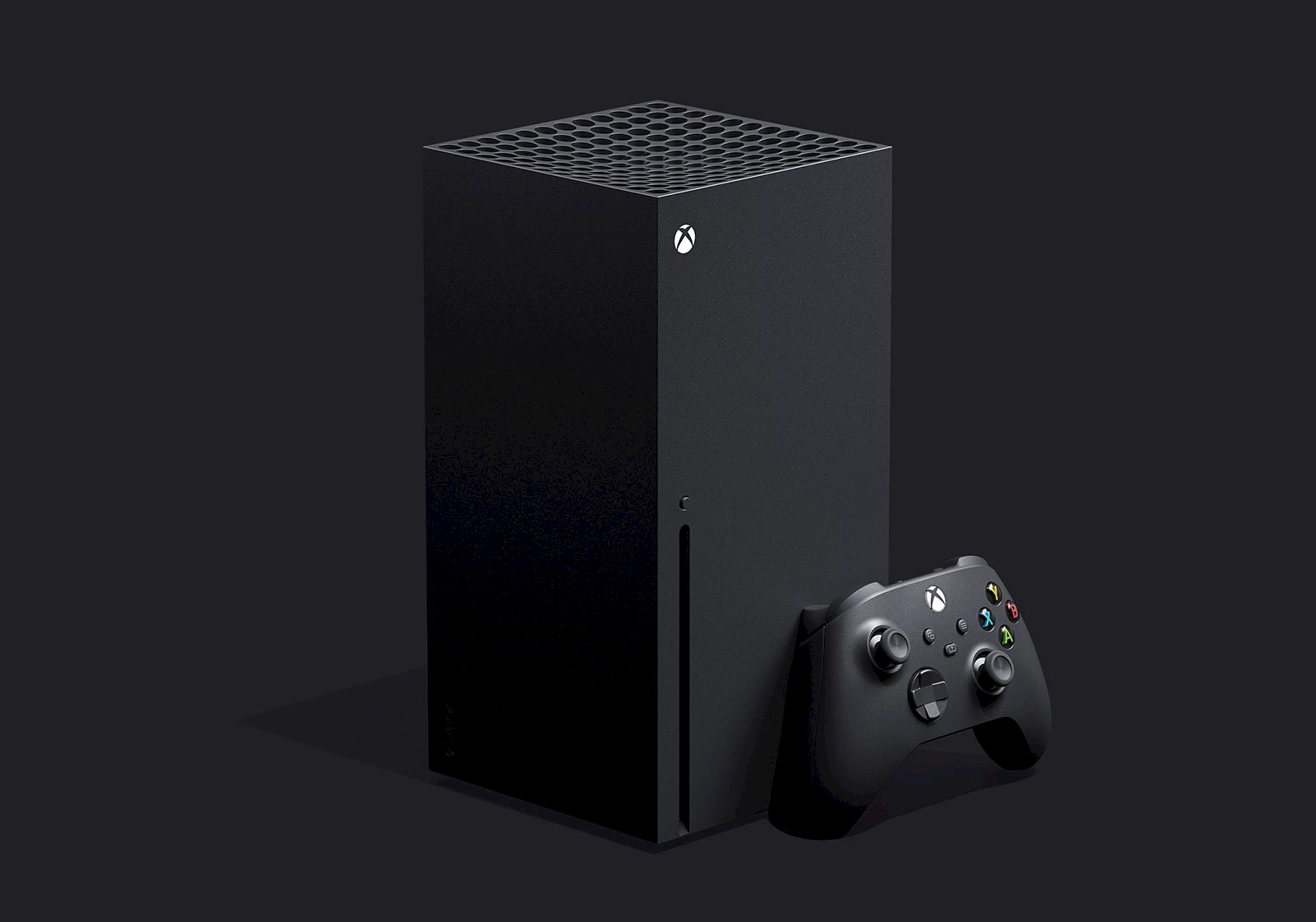Weekly Tech Recap - № 249 - Sony Xperia 1 II, GDC in jeopardy, Mac ARM, AI yields new antibiotic, etc.

Sony Xperia 1 II


Sony Xperia 1 II. © Sony.
Sony unveiled the next version of its Xperia 1 high-end Android phone. Named Xperia 1 II, it is the first Sony device to support 5G connectivity. Like the previous generation, it has a 6.5-inch OLED screen (3840×1644) and its size is almost identical (166×72×7.9mm), but the other essential features have seen an upgrade: 8GB of RAM (instead of 6), 256GB of storage (instead of 128) and a 4000mAh battery (instead of 3330). The Qualcomm Snapdragon 865 SoC replaces the 855. In collaboration with Zeiss, Sony says it has further enhanced the optics of the camera, which were already excellent on the Xperia 1. Support for Qi wireless loading is among other nice new features. But be aware, the price is not within everyone’s reach: EUR1,200, or CAD1,735. The device is offered in two colors: black and purple. Its availability is “soon” with no further details announced. Finally, note that this phone is equipped with what is becoming increasingly rare: an audio jack (the Xperia 1 did not have one).
⇨ Ars Technica, Ron Amadeo, “New Sony Xperia 1 II smartphone looks handsome, costs a ridiculous $1,300.”
⇨ AnandTech, Andrei Frumusanu, “Sony Announces New Xperia 1 II Flagship, Teases Xperia PRO.”
Game developer conference in jeopardy

COVID-19. © iStock.
After the cancellation of the Mobile World Congress, now the Game Developers Conference, scheduled for March 16 to 20 in San Francisco, is threatened by Coronavirus Disease. Though the organizer maintains that the conference will go on, an increasing number of big industry players are canceling their attendance. John Riccitiello, CEO of Unity Technologies, issued a memo discouraging employees from attending GDC and informing them that the company would not be present at the conference. Shortly thereafter, its competitor Unreal Engine/Epic Games announced its withdrawal. Cancellations include Microsoft/Xbox, Sony/PlayStation, Electronic Arts, Facebook/Oculus, Japanese studio Kojima Productions, and the list will probably keep expanding. Every announcement makes the cancelling of the conference loom larger, as was the case with the MWC in Barcelona, where organizers gave up after an epidemic of defections from major key names. To date, nine cases of Coronavirus Disease have been confirmed in California.
Furthermore, Facebook announced the cancellation of its annual F8 developer conference, scheduled to take place May 5-6 in San Jose, California, that approximately 5,000 people were expected to attend.
⇨ The Verge, Megan Farokhmanesh, “GDC ‘moving forward as planned’ as Epic, Microsoft, and others pull out over coronavirus concerns.”
Does 2021 have a Mac ARM in store?

16-inch MacBook Pro. © Apple.
According to renowned analyst Ming-Chi Kuo, a Mac equipped with an ARM processor, a 5nm SoC developed by Apple, should be released in the first half of 2021. Several rumors suggest that Apple is designing ARM processors internally for its Macs. This would allow it to no longer depend on Intel, whose frequent delays have often stymied the release dates for new machines. The iPhone, iPad, iWatch and Apple TV already run on Apple ARM chips; it would be a logical next step for the manufacturer to base all its products on the same architecture. That said, it is not an easy task, especially for application developers. The transition from PowerPC to Intel in 2005 did not go so smoothly; back then, Apple provided Rosetta, a PPC emulator, but performance was obviously degraded and many applications were affected by more or less serious incompatibilities. Currently, it’s not even certain that Apple will emulate x86 in the future ARM version of macOS. We also do not know whether the whole range of products will switch to ARM processors, or only laptops (which could greatly benefit from the less power-hungry ARM chips).
⇨ MacRumors, Juli Clover, “Mac With Apple-Designed Arm Processor Coming in First Half of 2021.”
Hyper-amped Xbox Series X

Xbox Series X. © Microsoft.
In a blog post, Phil Spencer, Executive Vice President of Games at Microsoft, reveals a glimpse of the future of the Xbox Series X game console. Specifically, the CPU, a Zen-2–architecture processor, will offer four times the processing power of an Xbox One. Also, the RDNA–architecture GPU will produce 12 teraflops, will be twice as fast as the Xbox One X, and eight times faster than the original Xbox One. Microsoft also confirmed that existing Xbox games will be compatible with the new console and will benefit from better display frequencies and reduced load times, without requiring development intervention. However, publishers will be able to upgrade games previously designed specifically for the Xbox One to take full advantage of the potential of the Series X. The much-anticipated console is expected to hit the market between October and December, just in time for the holiday season. The price has not yet been announced.
⇨ Ars Technica, Kyle Orland, “The next Xbox will quadruple XB1’s CPU, octuple its GPU performance.”
⇨ Xbox Wire, Phil Spencer, “What you can expect from the next generation of gaming.”
AI teases out new antibiotics

Halicin (top row) vs Ciprofloxacin (bottom row). Courtesy of the Collins Lab at MIT.
A team of researchers at the Massachusetts Institute of Technology discovered a powerful new antibiotic compound using a machine learning algorithm. The computer model, which can screen over one hundred million chemicals in a few days, is designed to spot potential antibiotics. It was trained using a catalog of approximately 2,500 molecules with known effects, including approximately 1,700 FDA-approved drugs, before being tested on a library of approximately 6,000 compounds. This is how the model found a molecule, called halicin (SU-3327), with high antibiotic potential. Originally, halicin had been studied for the treatment of diabetes, but was abandoned due to disappointing results. In laboratory tests following the model’s prediction, halicin destroyed many of the most challenging pathogenic bacteria in the world, including some strains that have become resistant to known antibiotics, including Clostridium difficile and Mycobacterium tuberculosis. The molecule also healed mice infected with Acinetobacter baumannii, a bacteria that affected many American soldiers who served in Iraq and Afghanistan. Interestingly, the researchers found that Escherichia coli did not develop halicin resistance during a 30-day treatment period. Researchers have also identified several other promising molecules awaiting testing.
⇨ Ars Technica, John Timmer, “A neural network picks promising antibiotics out of a library of chemicals.”
⇨ MIT News, Anne Trafton, “Artificial intelligence yields new antibiotic.”
